Duke University engineers are developing a solution that the North Carolina Department of Public Safety can use to detect drones attempting to deliver contraband at state prisons.
According to a Duke press release, many of the larger prison facilities in North Carolina have experienced several attempts at smuggling contraband via unmanned aircraft: e.g., Scotland Correctional Institution near Laurinburg. Although commercial anti-drone systems do exist, they are too expensive to roll out on a state-wide basis, says Duke.
In turn, the North Carolina department turned to Mary “Missy” Cummings, professor of electrical and computer engineering at Duke, who has a doctorate in human-computer system interaction and was a U.S. Navy fighter pilot.
“It’s been sporadic for our facilities, but obviously even a single incident is too many for us,” says Loris Sutton, chief of security for the North Carolina state prison system. “I heard that Professor Cummings would be a great resource to try to combat this problem, so I reached out to her to see if she’d be willing to work with us. And of course she was more than willing.”
In 2017, Cummings received a National Science Foundation (NSF) grant, in partnership with landscape architects at Clemson University, to develop an affordable system for deterring unwanted drones.
Working with her team of students, Cummings has been developing an alerting system that uses microphones and thermal cameras to detect drones and their pilots. The team’s colleagues at Clemson, meanwhile, built a synthetic bird’s nest the size of a hawk’s nest to camouflage the associated equipment.
The team will be beta testing the system with the Town of Cary later this summer, and eventually with Duke Gardens. If the initial results are promising, Sutton hopes the emerging system would be able to extend to monitoring the walls of North Carolina’s prisons.
Chunge Wang, a Duke undergraduate student majoring in computer science, created a new app interface for the equipment that is tailored to the needs of prisons, dubbed Prison Reconnaissance Information System.
In its current form, the solution consists of a microphone connected to a Raspberry Pi – a simple, inexpensive computer board originally developed to teach basic programming – a data server and a smart phone, costing less than $1,000 total.
The Raspberry Pi is loaded with a machine-learning algorithm that constantly processes the data collected from the microphone to isolate the sounds a drone makes from background noise. When it detects the buzzing of a drone’s propellers, it sends a notification to the app, loaded on smart phones carried by the prison’s security personnel.
“The app displays the information in a visually dynamic way in real time, using different symbols overlaid on a map view of the prison,” explains Wang. “The goal is for the users to be able to quickly understand where and how far away the potential threat is, how confident the system is that it’s actually a drone, and what’s most likely to happen next.”
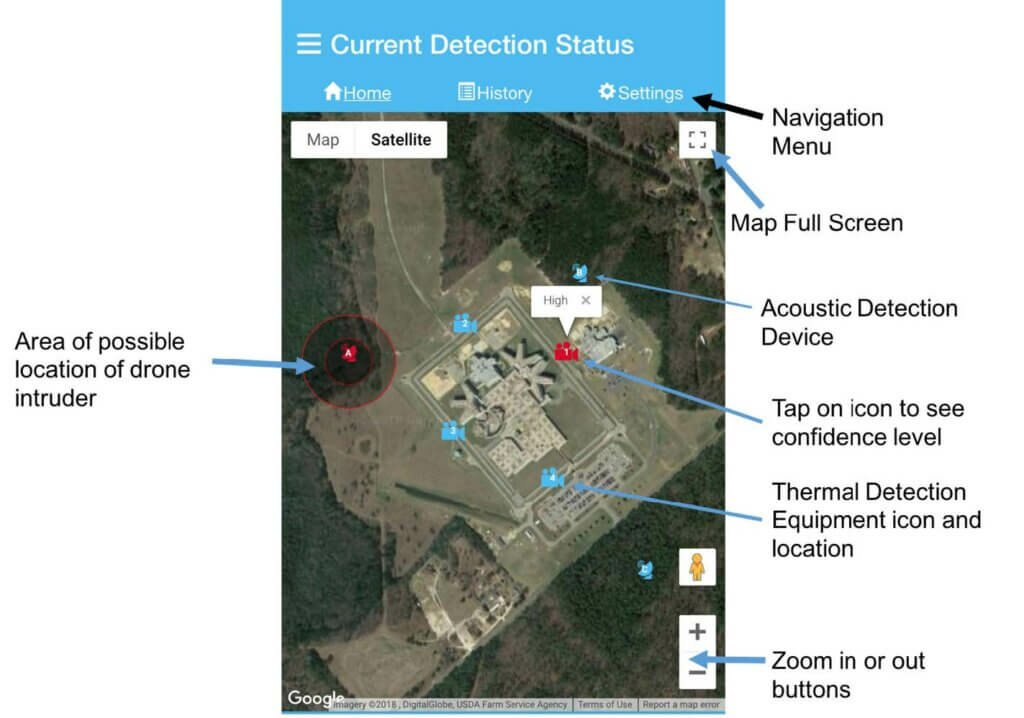
Cummings, Wang and their team recently visited one of North Carolina’s more remote prison facilities, Dan River Prison Work Farm in Caswell County, to see how well the system would collect data.
“We’re still trying to figure out some problems with false alarms caused by helicopters and weed eaters, both of which show up at prisons from time to time,” says Cummings. “But when we tested at a local airport, we were excited to see that we could filter out flying airplanes. We did have some trouble with airplanes that were taxiing, but you’re not very likely to run into those at a prison.”
The researchers were also able to get the app in the hands of security personnel to get their feedback on the user interface. Other than a few suggestions about additional features, the reviews have been universally positive.
“I think the work the team has done so far has been terrific,” said Sutton. “I’m excited about the possible outcomes of the project and look forward to the day that they can produce a finished product for us.”
The work is supported by NSF and the North Carolina Department of Public Safety.


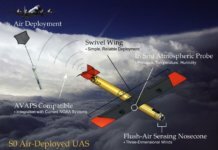
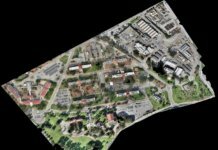
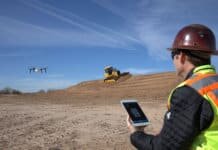
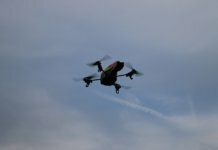

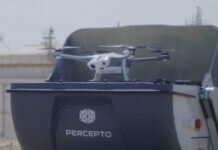

Leave a Comment
Your email address will not be published. Required fields are marked *